A Cosmic Tease:
Trials of the Herschel Space Telescope Science Teams
By Dr. Marc J. Kuchner
Vast fields of marble-sized chunks of ice and rock spun slowly in the darkness this week, and I sat in the back of a grey conference room with white plastic tables spread with papers and laptops. I was sitting in on a meeting of an international team of astronomers gathered to analyze data from the Herschel Infrared Observatory. This telescope, sometimes just called Herschel, orbits the Sun about a million miles from the Earth.
The meeting began with dinner at Karl’s house. Karl charred chorizo on the backyard grill while the airplanes dribbled into Dulles airport. Our colleagues arrived, jetlagged and yawning, from Germany, Sweden, and Spain, and we sat on Karl’s couches catching up on the latest gossip. The unemployment level in Spain is about twenty percent, so research funding there is hard to come by these days. That’s not nice to hear. But it cheered us up to be with old friends.
The meeting commenced the next morning, as the vast fields of ice and rock continued to spin—shards glinting in the starlight. Or maybe they didn’t. Maybe they didn’t exist at all.
You see, this team is looking at a series of images of stars taken by a device called a bolometer that is blind to ordinary starlight. Instead, the bolometer inside Herschel senses infrared light, a kind of light that we would probably refer to as heat if we could feel it. But the idea of pointing the bolometer at the stars was not to collect ordinary starlight. It was to measure heat coming from the vicinity of these stars, like an infrared security camera, in case there was something else to be found lurking nearby.
And lo and behold, for a handful of stars, the bolometer measurements were off the charts! Maybe something was orbiting these stars. From the details of the bolometer readings—which channels lit up and so on—you would guess that this stuff took the form of majestic fields or rings of icy and rocky particles. It would be a new kind of disk, a discovery worth writing home to Madrid about.
There are several teams of astronomers analyzing data from the Herschel Space Telescope. They call themselves by oddly inappropriate sounding acronyms: GASPS, DUNES, DEBRIS. For the time being, the scientists on these teams are the only ones with access to the Herschel data. But in January, all the data these teams are working on will suddenly be released to the public. So they are all under pressure to finish their work by then. The team whose meeting I was sitting in on would like to publish a paper about the new disks by then.
But it’s not so simple. The stars that this team had measured were relatively nearby as stars go, less than a few hundred light years. But the universe is big, and full of galaxies of all kinds—a sea of galaxies starting from maybe a hundred thousand light years away, and stretching on and on. Maybe one of those background galaxies was lined up with each of the stars that had lit up the bolometer—fooling us into thinking they were seeing disks around these stars.
The team argued and paced, and then broke for lunch. We marched to the cafeteria through the rain. Meanwhile, vast fields of marble-sized chunks of ice and rock spun slowly in the darkness. Or maybe they didn’t.
What else did Herschel recently uncover? Find out at http://spaceplace.nasa.gov/comet-ocean.
Dr. Marc J. Kuchner is an astrophysicist at the Exoplanets and Stellar Astrophysics Laboratory at NASA’s Goddard Space Flight Center. NASA’s Astrophysics Division works on big questions about the origin and evolution of the universe, galaxies, and planetary systems. Explore more at http://www.science.nasa.gov/astrophysics/.
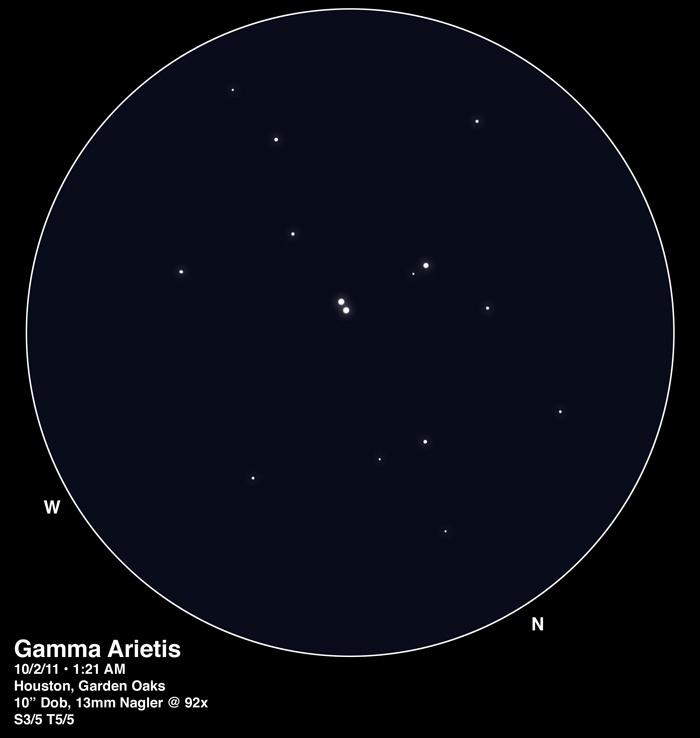 F9 and A1 - are also nearly identical. What you see when you gaze into the eyepiece are two gleaming pure-white specks, eerily evocative of the eyes of some cosmic creature gazing back. The sight is mesmerizing!
F9 and A1 - are also nearly identical. What you see when you gaze into the eyepiece are two gleaming pure-white specks, eerily evocative of the eyes of some cosmic creature gazing back. The sight is mesmerizing!
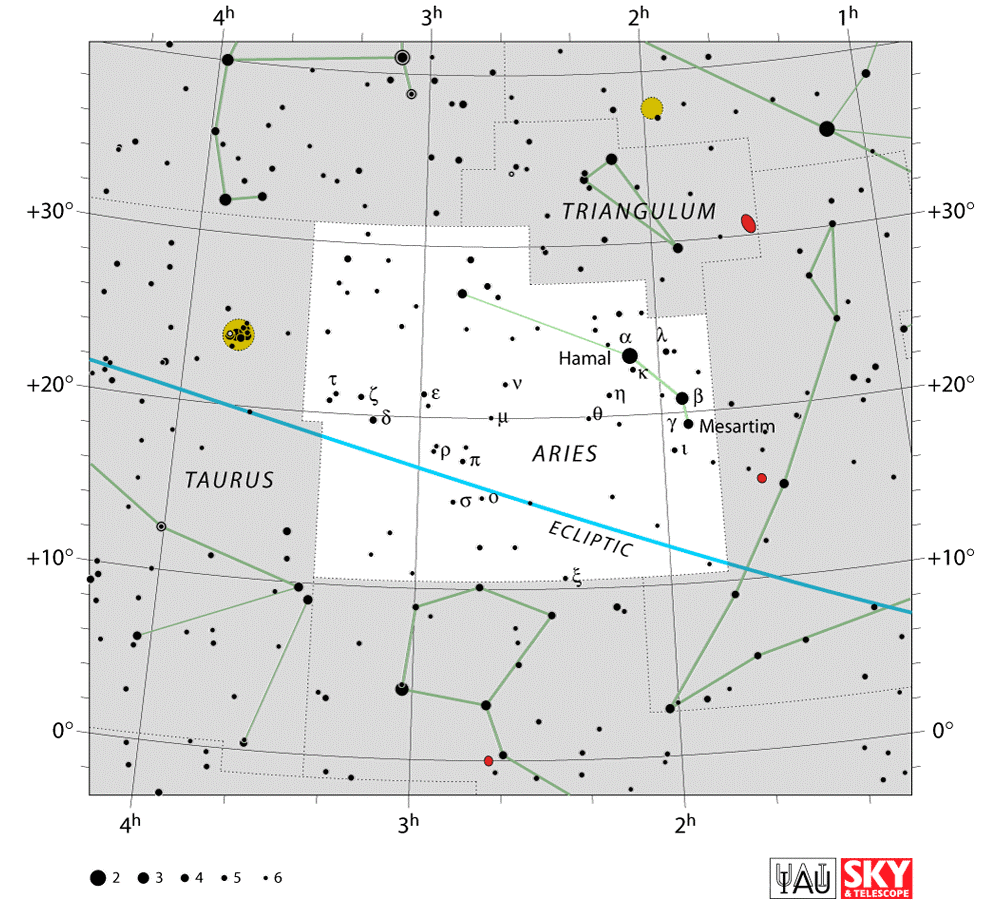
 But there are other conditions besides temperature that make our part of the solar system comfortable for life. Using infrared data from the Spitzer Space Telescope, along with theoretical models and archival observations, Rebecca Martin, a NASA Sagan Fellow from the University of Colorado in Boulder, and astronomer Mario Livio of the Space Telescope Science Institute in Baltimore, Maryland, have published a new study suggesting that our solar system and our place in it is special in at least one other way.
But there are other conditions besides temperature that make our part of the solar system comfortable for life. Using infrared data from the Spitzer Space Telescope, along with theoretical models and archival observations, Rebecca Martin, a NASA Sagan Fellow from the University of Colorado in Boulder, and astronomer Mario Livio of the Space Telescope Science Institute in Baltimore, Maryland, have published a new study suggesting that our solar system and our place in it is special in at least one other way. The Community Center has a lot of space to grow, all the amenities we'll ever need, and a nice dark area outside where we can set up scopes before and after meetings. This is a real plus. Maybe in the warmer months we can even do some guerrilla astronomy there for the folks in and around Lanesville.
The Community Center has a lot of space to grow, all the amenities we'll ever need, and a nice dark area outside where we can set up scopes before and after meetings. This is a real plus. Maybe in the warmer months we can even do some guerrilla astronomy there for the folks in and around Lanesville.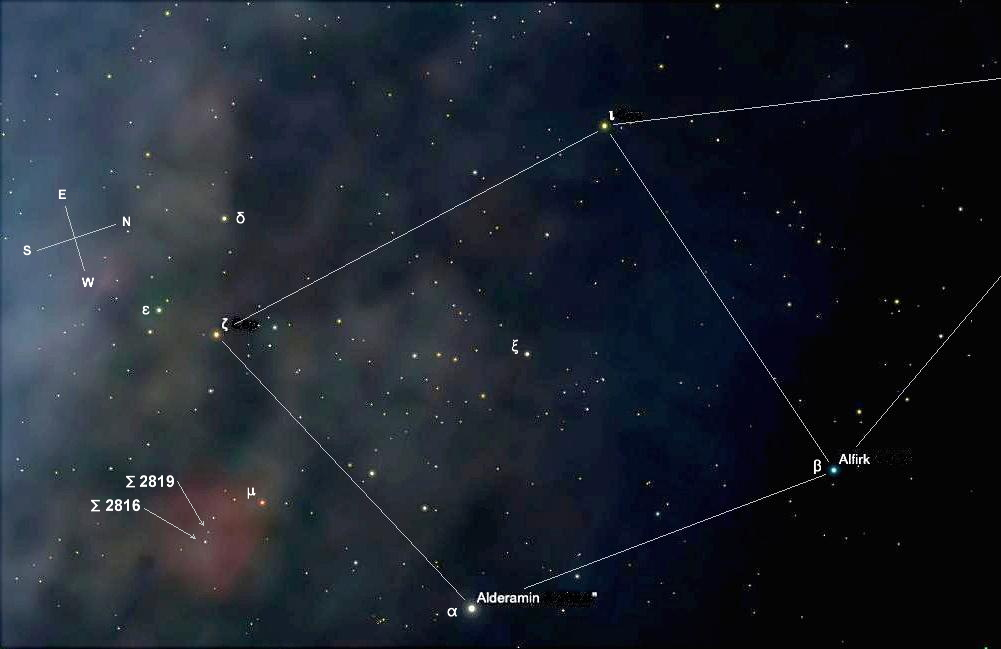
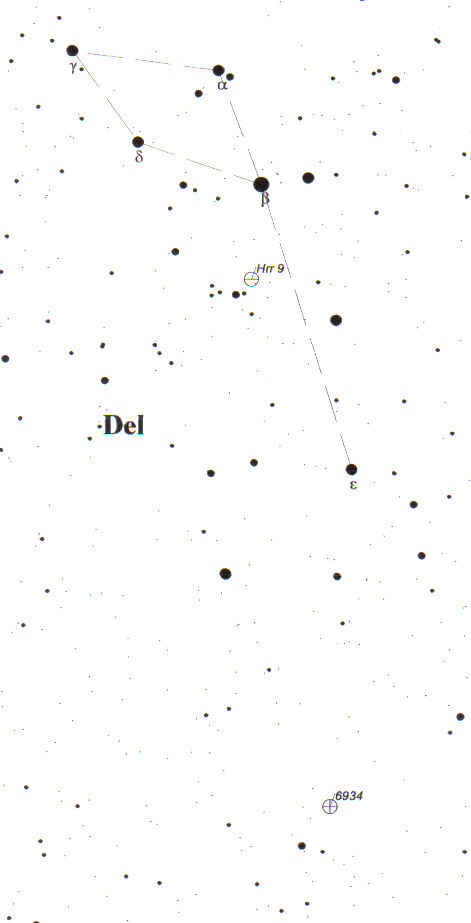
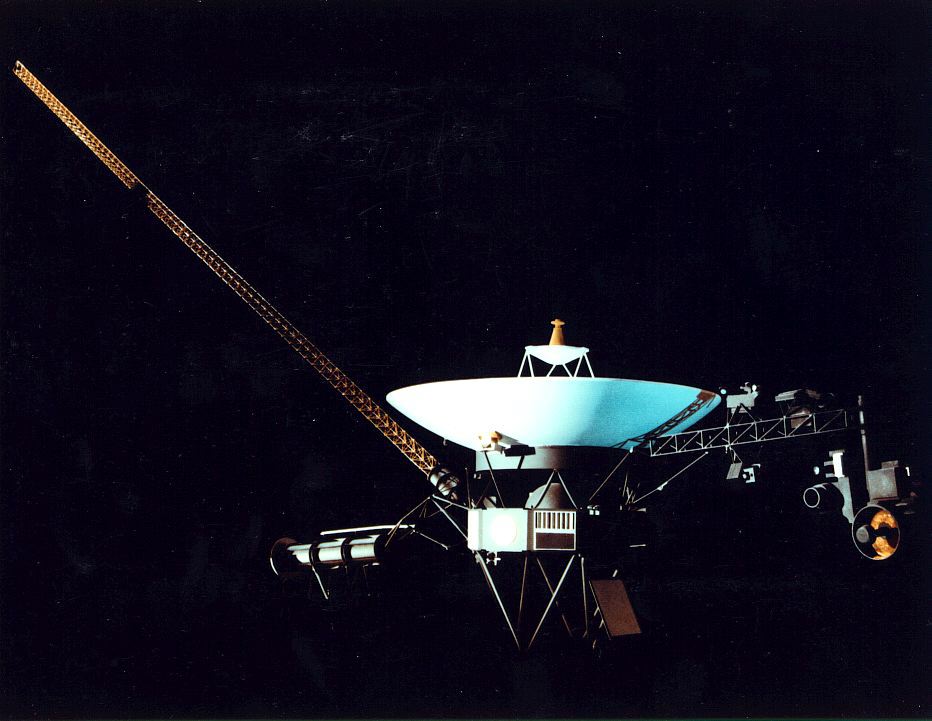 At our October 12 meeting we'll be taking a look at where the Voyager spacecraft are now (right at the edge of the solar system), where they're going (interstellar space!), and where they've been (Jupiter, Saturn, Uranus, Neptune, and a whole bunch of moons). We'll look again at the amazing path they had to take to get where they are, and what's up next for these hardy spacecraft, about to become our first starships. GAAC meets on the second Friday of every month at St. Paul Lutheran church in Lanesville. See our
At our October 12 meeting we'll be taking a look at where the Voyager spacecraft are now (right at the edge of the solar system), where they're going (interstellar space!), and where they've been (Jupiter, Saturn, Uranus, Neptune, and a whole bunch of moons). We'll look again at the amazing path they had to take to get where they are, and what's up next for these hardy spacecraft, about to become our first starships. GAAC meets on the second Friday of every month at St. Paul Lutheran church in Lanesville. See our